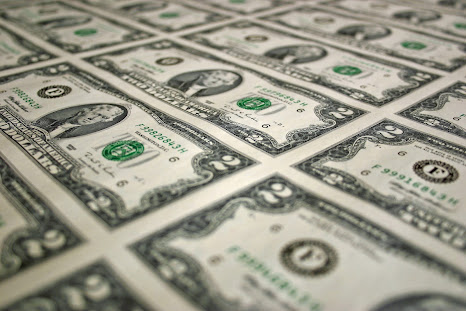How much is a $2 bill worth today? The answer could surprise you. Throughout history, the $2 bill tried to find its place in the American banking system. The bills were never widely circulated or accepted by the American public and most cash drawers in a standard register don't even have a spot for them. However, there are a few banknote collectors that specialize in obtaining certain $2 bills.
History of the $2 Bill
The $2 bill has a long history that truly began in 1775 when the Continental Congress issued $2 “bills of credit” for the defense of America. Since then, the $2 bill has gone through changes in size and design in unsuccessful efforts to help it gain popularity.
Introduction of Large-Size $2 Bills
The United States first printed $2 bills as large-size (approx. 7-3/8 inches by 3-1/8 inches) Legal Tender Notes in 1862. The Federal Bureau of Engraving and Printing did not produce these notes. The National Bank Note Company engraved both the faceplates and the backplates for the series. Alexander Hamilton is featured on the face while the back features a series of ornate scrolls with the denomination "2" prominently displayed in each corner.
The center of the backplate features two concentric circles of 2's, enclosing the redemption statement of "This note is a LEGAL TENDER for all debts public and private except duties on imports and interest on the public debt and is receivable in payment of all LOANS made to the United States."
Determining the Value and Worth of a $2 Bill
Just like coins, several factors determine the value of a $2 bill. The main two factors are rarity and demand. Most $2 bills have very low printages because they were not very popular with the American public and did not circulate widely. However, many people think that a $2 bill is valuable and tend to save them, resulting in a probable large supply of well-preserved $2 bills housed around the country.
Conversely, $2 bills are not popular among banknote collectors. Therefore, the demand is low while there is likely an ample supply to meet the banknote collector requirements. Additional premiums are carried on banknotes that have a star in the serial numbers. In addition, the Treasury officer signatures and issuing Federal Reserve branches are taken into consideration when valuing a $2 bill.
Large-Size
Most large-size $2 bills issued from 1862 through 1918, are highly collectible and are worth at least $100 in well-circulated condition. Uncirculated large-size notes are worth at least $500 and can go up to $10,000 or more.
Small-Size
Small-size $2 notes from 1928 to today are more common and fall into the following categories of circulated and uncirculated. The series and its category determine a potential value. Source


No comments:
Post a Comment